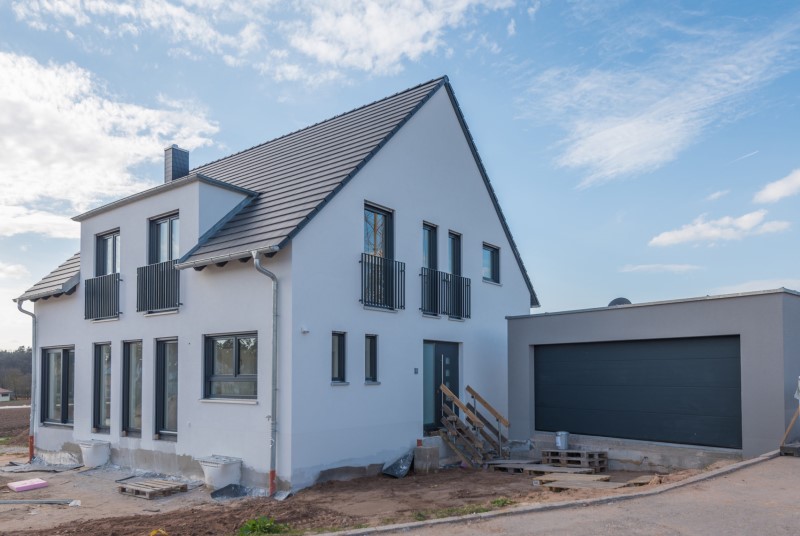
According to data from AMA Research, private housing RMI output in February and March 2021 was at its highest level for over a decade. After the initial shock of the first national lockdown in March 2020, output levels recovered quite quickly, and even with the country in lockdown in January 2021, private housing RMI output was at the same level as January 2020, at around £1.5bn.
AMA states that a range of economic, social and demographic factors are all influencing the overall market for private sector housing RMI, including increased population and number of households, ageing population, growing number of single person households and economic factors such as interest rates, inflation and the economic environment.
Alex Blagden, Senior Research Analyst at AMA Research and editor of the Private housing RMI Market Report, states: “Although 2020 was undoubtedly a difficult year for contractors working in private housing RMI, recent data is more encouraging with output levels recovering quite quickly after the initial shock of the first national lockdown in March / April and rising to their highest monthly level for over a decade by March 2021, a total of £2.1 bn.
“Over the medium term, the net increase in private housing stock will drive up demand for RMI services, not only due to newbuild but also conversions of former commercial property into homes and the continuation of Right To Buy programme. Output is forecast to increase from £19.3bn in 2020 reach £22.2bn by 2025.”
In terms of contractors’ output, private housing RMI had been a fairly stable market in recent years, with total output value of around £22bn a year from 2017 to 2019. While demand for private housing RMI work fluctuates in line with trends in the overall economy, the peaks and troughs are less severe than for newbuild, as a large proportion of RMI is essential work e.g. fire safety measures. However, in line with the rest of the construction sector, private housing RMI was impacted by the COVID-19 pandemic, with contractors’ output falling over 13%.
The AMA report also notes that ongoing skill shortages in the construction sector continue to constrain the supply of RMI services, although the proportion of contractors having difficulties finding skilled workers was lower in 2020 with hundreds of thousands of workers furloughed at some point during the year. The construction workforce is also ageing, with 37% of tradesmen now aged over 50, while the number of younger people taking up places on apprenticeship schemes is low.
Furthermore, it contends that growth in the stock of privately rented properties will increase demand for RMI services due to the existence of clauses in many residential tenancy contracts forbidding tenants from carrying out DIY home improvements, with contracts often specifying that any RMI activity must be approved by landlords and undertaken by approved contractors. In recent years, there has been a slight shift back towards owner-occupation after growth in private rental up till 2016.
It appears the UK is gradually recovering from the effects of pandemic. Construction output is on track to return to pre-COVID levels although the threat of further waves could bring further disruption to consumer spending, business confidence, investment and funding priorities.









